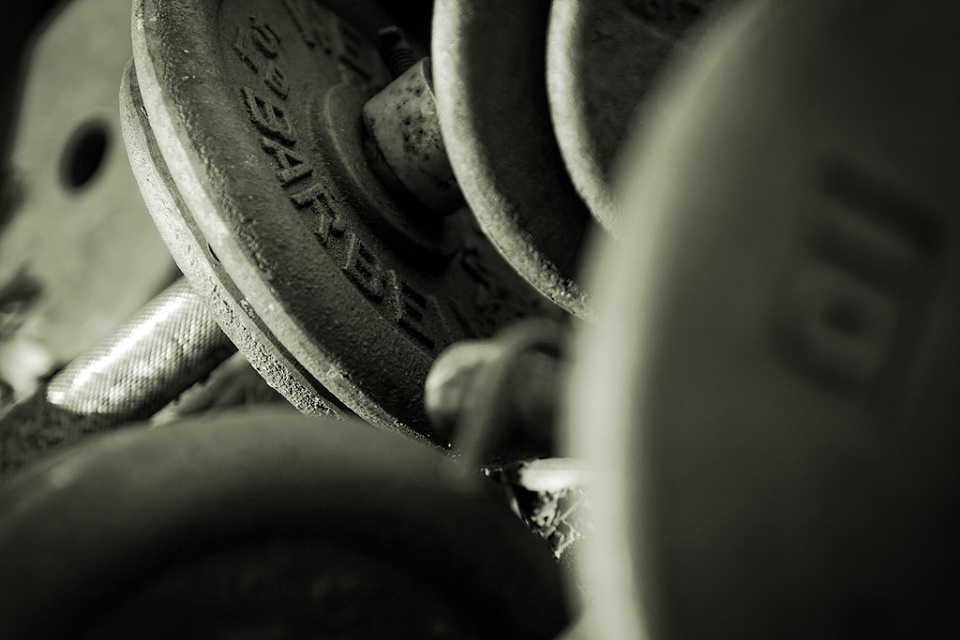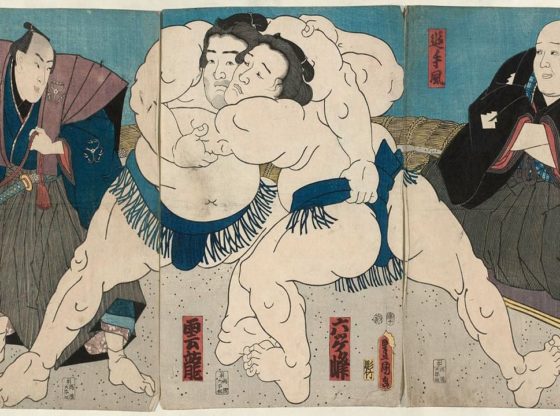
This recently published study examined the effects of two different variants of exercise combinations in relation to leptin levels and the resulting effects on body composition.
Leptin
So, what is leptin you may ask? Well, leptin is a hormone that has been found to have a major influence on energy balance. It appears to be a mediator of long-term regulation of energy balance, suppressing food intake and thereby inducing weight loss. It signals the brain (hypothalamic) how much energy is stored by affecting hunger and appetite.
Higher levels imply increased hunger and cravings for food (candy, soft drinks etc.). Since the hormone is made by body fat, more body fat implies more leptin. So there is a vicious circle involved as you can imagine. Balanced levels are good, though. Too low levels have negative effects on fertility, as it also suppresses metabolism.
Burn Fat: Is it Better to Run or to Lift Weights?
In this newly published study Effects of different physical exercises on leptin concentration in obese adolescents, two different variants of exercise were evaluated; aerobic training only and a combination of aerobic and resistance training.
The 72 participants were all between 15 and 19 years old, and they were all clinically obese. They were divided into two groups and later evaluated in regards to body composition and also tested for leptin levels.
Results
Both groups lost weight, the only aerobic training group lost on average 5,9 kg (13 lbs) in total, of which 3,2 kg (7 lbs) were fat and 2,7 kg (6 lbs) were fat-free mass. The group that was on a combination of aerobic and resistance training, lost on average 10 kg (22 lbs) of fat and gained 1.8 kg (4 lbs) of fat-free mass.
So these results highlight the importance and potency of performing both aerobic and resistance training when the purpose is to lose weight.
Both groups also lowered their leptin levels, but the combination training group lowered their levels more.
The study has been published in the International Journal of Sports Medicine.
In order to compare the effects of leisure physical activity (LPA), aerobic training (AT) and aerobic plus resistance training (AT + RT) as part of a 6-month interdisciplinary therapy in body composition, insulin resistance and leptin concentrations in obese adolescents, 72 volunteers (n = 24 in each group) ages 15-19 years were evaluated. Delta (Δ) body mass (kg) and Δ BMI (kg/m(2)) was different between AT and LPA groups and in AT + RT group compared to both LPA and AT groups; Δ body fat mass (kg and %) was different only in AT + RT group compared to both LPA and AT; Δ body lean mass (%) was different only in AT + RT group; Δ body lean mass (kg) was negative only in AT and positive and different from AT in AT + RT group; ΔHOMA-IR did not differ among groups; Δ leptin (ng/ml) was negative and different from LPA for both AT and AT + RT groups. In conclusion, both AT and AT + RT promoted a reduction on leptin levels, however, the adolescents subjected to AT + RT presented better results in body composition than the AT group. These results highlight the importance of associating aerobic and resistance training with nutritional and psychological approaches in the treatment of obese adolescents.
_______________
Effects of different physical exercises on leptin concentration in obese adolescents.
______________________________











![OpenAI. (2025). ChatGPT [Large language model]. https://chatgpt.com](https://www.illustratedcuriosity.com/files/media/55136/b1b0b614-5b72-486c-901d-ff244549d67a-350x260.webp)
![OpenAI. (2025). ChatGPT [Large language model]. https://chatgpt.com](https://www.illustratedcuriosity.com/files/media/55124/79bc18fa-f616-4951-856f-cc724ad5d497-350x260.webp)
![OpenAI. (2025). ChatGPT [Large language model]. https://chatgpt.com](https://www.illustratedcuriosity.com/files/media/55099/2638a982-b4de-4913-8a1c-1479df352bf3-350x260.webp)








